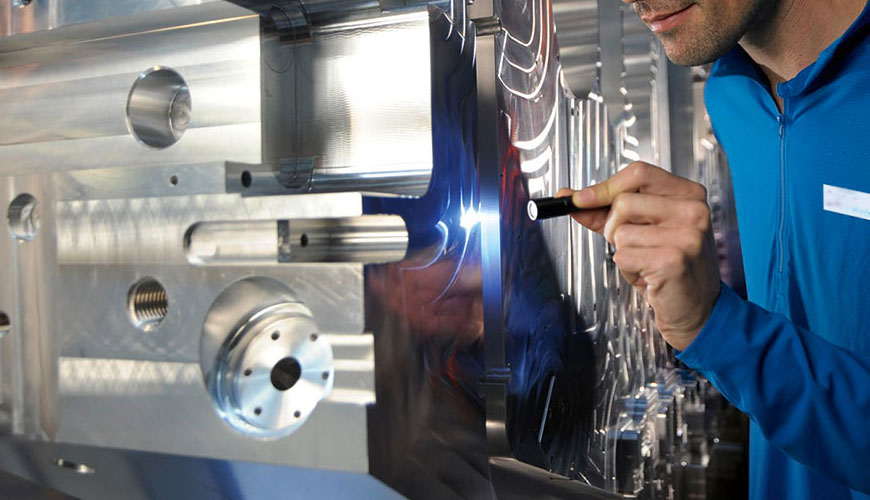

The "EN 50155:2021 Railway applications - Railway vehicles - Electronic equipment" standard, which is a European standard, applies to all electronic equipment such as control, regulation, protection, diagnosis, energy supply and the like used in rail vehicles.

For the purposes of this standard, electronic equipment is defined as equipment consisting of:
These components are mainly mounted on printed circuit boards (PCB).
Sensors for power electronics devices (eg current, voltage, speed sensors) and semiconductor drive units fall within the scope of this standard. Complete semiconductor drive units and power converters are covered by the EN 61287-1 standard.
The EN 50155 standard covers the operating conditions, design, documentation, testing and integration of electronic equipment, as well as hardware and software requirements for compatible and reliable equipment.
The specific requirements regarding the applications necessary to achieve the defined security integrity level or functional security are not covered by this standard. However, this standard applies to all railway vehicle electronic equipment or systems that perform safety-related functions.
In short, the EN 50155:2021 standard is a European standard covering electronic equipment used in wagons for railway applications. This standard is equivalent to the IEC-60571 standard published by the International Electrotechnical Commission (IEC) and covers issues such as temperature, humidity, shock, vibration and other parameters.
Trains, where additional information systems and safety-critical equipment come together, have become more advanced both in terms of technique and passengers. Electrical systems and functions such as train tracking sensors, climate control systems, lighting and door opening are powered by the train's battery system, which is usually located inside the locomotive.
The electronic equipment to be installed must comply with certain requirements regarding environmental factors such as shock, vibration, power supply, electromagnetic compatibility, overvoltage, electrostatic discharge and transient currents during use.
If electronic equipment for rolling stock is used for telematics, engine control, or other critical vehicle functions, it must be robust and capable of supporting heavier use than a standard on-board computer. The standards are based on the requirement for rolling stock to operate 30/7 for 24 years. Therefore, rail control systems need to be designed to withstand the worst environmental conditions. Since space is often limited in control panels, it is also important that equipment can be installed close together so that systems do not interfere with each other when mounted close together.
The foundations of the EN 50155 standard are based on the following features:
Among the numerous test, measurement, analysis and evaluation studies given to businesses by our organization, there are also type approval testing services in electronic equipment for EN 50155 Railway applications.
To get an appointment, to get more detailed information or to request an evaluation, you can ask us to fill in our form and reach you.